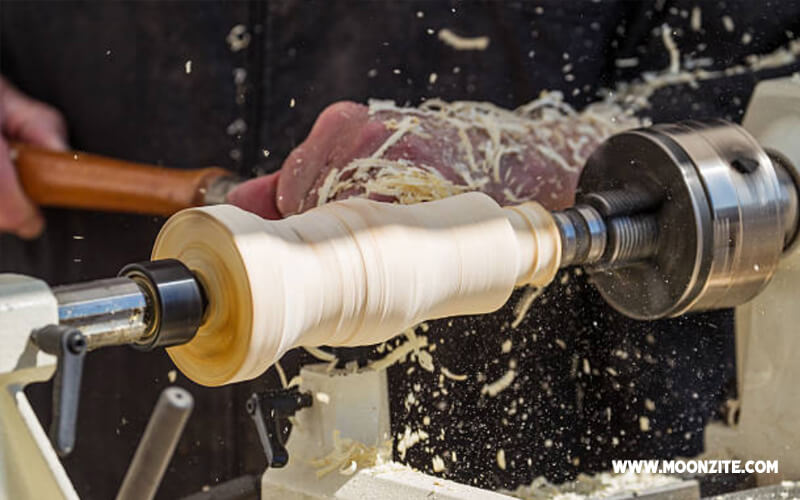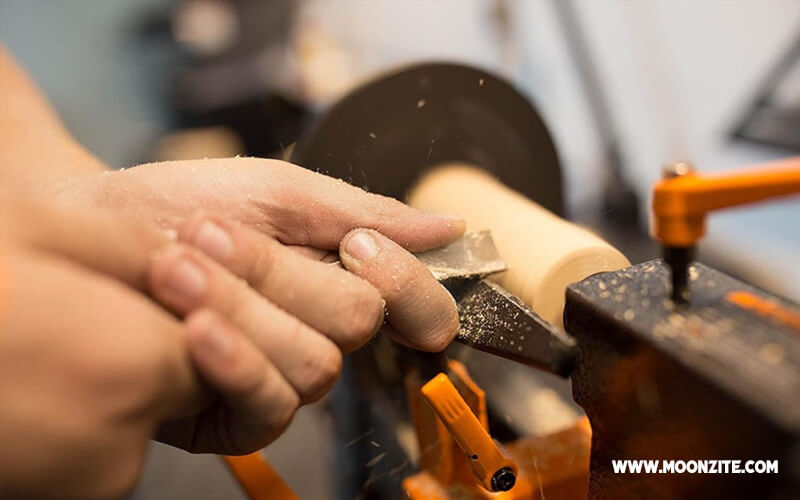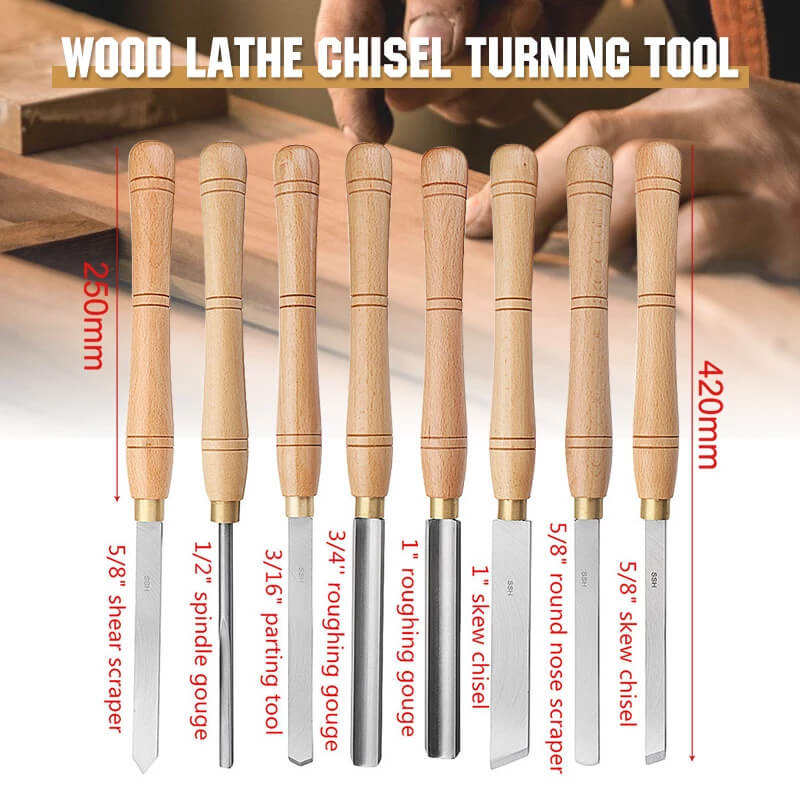Different Types of Wood Turning Tools and Their Uses

Woodturning is an incredibly satisfying hobby. Creating something beautiful and functional out of a piece of wood is truly rewarding. Whether you're a beginner or a professional, the right tools are essential for getting the perfect finish on your wood-turning projects.
Different types of woodturning tools are designed for different uses. For example, a spindle gouge is used to create smooth, round surfaces on pieces of wood that are mounted on a lathe. A bowl gouge is used to create bowls and other hollow forms. A skew chisel is used to create decorative cuts and textures on the surface of the wood. Each type of tool has its own specific purpose and can be used to create unique designs on your projects.
With the right tool, a woodturner can create anything from small pieces of jewelry to large bowls and vases. There are many different types of woodturning tools available on the market, so it is important to choose the right one for the job at hand.
If you are new to woodturning, the array of tools available can be confusing. In this blog post, we will show you the different types of woodturning tools and their uses, so that you can select the right tool for every job.
Types for Wood-Turning Tools
Different types of wood-turning tools can make all the difference when working on a project. They are used to create different shapes and textures on a variety of wood-turning projects. From chisels and gouges to lathes and sanders, each type of tool has its own unique purpose.
Different woods will require different techniques and tool sharpness will be important for getting desired results; beginners should start with softer woods like pine before moving on to harder woods like oak or maple.

Lathe
The lathe is one of the most important woodturning tools. It is used to create round or cylindrical shapes from a variety of different woods. There are many different types of lathes available, ranging from small hand-held models to large industrial machines. Lathes can be powered by either electricity or manual power (such as a foot pedal).
It spins the wood while you shape it with various tools. The most common type of lathe is the benchtop model, which mounts to a tabletop or workbench. These are great for small projects and pieces that don't require too much power. There are also floor-standing models that are more powerful and can handle larger projects.
It is ideal for creating symmetrical designs or shaping materials such as wood, metal, and plastic. There are several different types of lathes available on the market today, each designed for specific tasks. Here is a run-down of the most popular types of lathes to help you decide which one is right for your needs:
Pen Turning Lathe
Mini/Benchtop
Center Wood Lathe
Midi Lathe
Full-size Lathe
CNC Wood Lathe
Turret Lathe
The lathe consists of a spinning platform, called a chuck, which holds the piece of wood while it is being carved. This is how most woodturning tools are used; they're held in one hand and rotated with the other. The speed of the turning can be very slow or very fast, depending on what you're trying to achieve.
A variety of different tools can be used with the lathe to create different shapes and textures. , such as chisels, gouges, and sandpaper.
Chisel
Chisels are used for shaping and carving wood, which create shape and definition in your piece of wood. It's one of the most important wood-turning tools, and comes in a variety of shapes and sizes, so you can find one that fits your needs perfectly. There are many different types of chisels. Each type has its own use and purpose.
- Bevel-edged chisel, which has a blade that tapers to a point. These chisels are used for cutting grooves, shaping edges, and removing waste material from turned pieces.
- Spindle gouges, which are used for shaping cylindrical objects
- Bowl gouge. It is used for hollowing out bowls and other concave surfaces.
- Skew chisel, which is used to create smooth cuts and curves.
- Parting tools are used for parting off pieces, like splitting the wood into two pieces.;
- Rounding tools are used to shape the outside of a piece of wood.

Finally, there are also live center tools available that allow you to quickly change the shape of your piece without having to start from scratch.
Gouges
Apart from the chisels with a straight cutting edge, Gouges have a curved cutting edge.
Gouges come in a wide variety of shapes and sizes, each designed for a specific purpose. There are many different types and sizes of gouges available, so it is important to select the right one for the job at hand. For example, a small carving gouge is perfect for intricate detailing, while a large bowl gouge is ideal for roughing out big projects.

The most common type of gouge is the skew gouge, which is used to create curved lines and surfaces. A skew gouge has a blade that tapers to a point, making it ideal for precision work.
Another popular type of gouge is the fingerprint gouge, which is named for its distinctive shape. Fingerprint Gouges are used to add texture and interest to your work with their unique patterns.
Bowl Gouge is also popular and is used to create bowls, plates, and other hollow forms. Bowl gouges have a curved blade with a flute (groove) running down the center. The size of the flute determines how much material can be removed with each stroke and how aggressive the cut will be.
Other woodturning gouges include spindle gouge, which is used for shaping round stock. Roughing-out gouges, are used to remove large amounts of material quickly. Choosing the right sort of gouge for your project is essential to getting good results.
Conclusion
The world of woodturning is an exciting one that can be both challenging and rewarding. The key to success in woodturning lies in having the right tools for the job. In this blog post, we have to take a look at some of the essential wood-turning tools you need to get started, as well as how to use them effectively. Hope it’s helpful for your woodworking project.

1 Comment(s)
Awesome article!
I truly appreciated the way you explained this subject.
It’s so good to see useful information like this on the web.
Thanks for posting.
Keep up the good work!
Leave a Comment